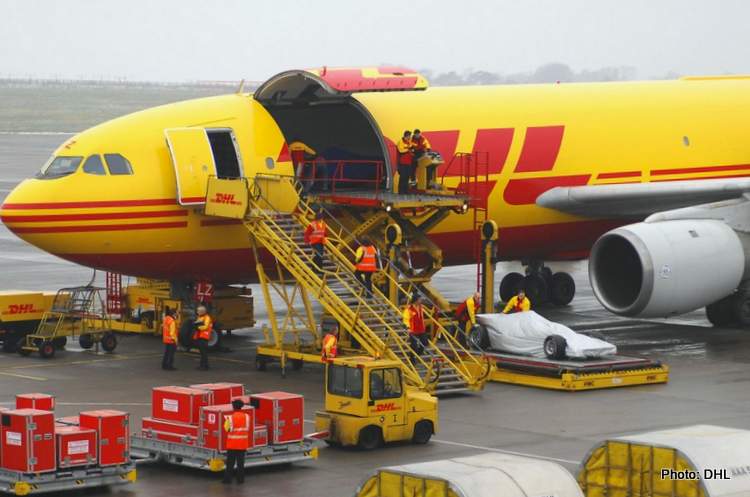How F1 Cars Are Transported Overseas: Insider Secrets
Formula 1, the pinnacle of motorsport, is a global phenomenon with races taking place across different countries and continents. As the F1 circus travels to various destinations, one might wonder how the high-tech, precision-engineered F1 cars are transported overseas. The logistics involved in moving these valuable and delicate machines are nothing short of fascinating. Let’s delve into the various methods employed to transport F1 cars to international races.
Transport Methods
When it comes to transporting F1 cars overseas, teams utilize a variety of methods including land, air, and sea transport. Each method has its own intricacies and challenges, but all are geared towards ensuring the safe and timely delivery of the cars to their destination.
Land Transport
For races within Europe, teams often opt for land transport. Specially designed trucks and trailers are used to carry the F1 cars, equipment, and personnel to the race venues. These trucks are not your average transport vehicles; they are custom-built to house and protect the valuable cargo they carry. The teams’ dedicated logistics personnel ensure that the transportation process is meticulously planned and executed to perfection.
Air Transport
When it comes to overseas races, air transport becomes the preferred choice due to the time-sensitive nature of the events. F1 cars are often transported via chartered cargo planes, where they are carefully loaded and secured to ensure their safety during the flight. The cars are disassembled and packed with precision to fit within the confines of the cargo plane, ensuring that every inch of space is utilized effectively.
Sea Transport
While less common, sea transport is utilized for races in regions that are not time-critical. Shipping F1 cars via sea involves meticulous planning and coordination to ensure that the cars arrive at their destination well ahead of the race weekend. Although this method takes longer compared to air transport, it is often a cost-effective solution for teams when time is not a limiting factor.
Team Headquarters
A crucial aspect of transporting F1 cars overseas is the logistics hub at the team headquarters. This is where meticulous planning and coordination take place, ensuring that all the necessary equipment, spare parts, and cars are ready for transport. The logistics team plays a pivotal role in orchestrating the seamless movement of the entire operation, from packing to loading and unloading at the race venue.
Motorhomes
In addition to transporting the F1 cars, teams also need to transport their motorhomes, which serve as their base of operations during race weekends. These motorhomes are custom-designed and equipped with state-of-the-art facilities to cater to the needs of the team and drivers. Transporting these motorhomes alongside the F1 cars requires careful planning and coordination to ensure that everything arrives at the destination on time and in pristine condition.
Back-to-Back Races
In scenarios where back-to-back races are scheduled in different countries, the logistical challenges intensify. Teams need to efficiently dismantle the entire setup at the current race venue, pack everything up, and ensure that it is swiftly transported to the next destination. This requires meticulous planning and execution to minimize downtime and ensure that the teams are ready for the subsequent race.
Packing Up
The process of preparing the F1 cars for overseas transport involves meticulous attention to detail. The cars are carefully disassembled, with components and parts packed securely to ensure their safety during transit. This process is akin to a finely orchestrated ballet, where every movement is meticulously planned to ensure that nothing is overlooked, and the cars are ready to race upon arrival at the destination.
Priority Pallets
To ensure the safe transport of F1 cars overseas, specialized pallets are used to secure the cars for air transport. These pallets are custom-designed to fit the dimensions of the F1 cars, providing a secure and stable platform for transport. The cars are meticulously bolted into these bespoke frames, ensuring that they are well-protected during the flight to their destination.
Jet Lag
While the F1 cars are airborne on their way to overseas races, the logistics team on the ground is working tirelessly to ensure that everything is ready for the cars’ arrival. This often involves working through different time zones and dealing with the challenges of jet lag. Despite the logistical complexities, the teams ensure that everything is in place for the cars’ seamless transition from the cargo plane to the race venue.
Conclusion
The transportation of F1 cars overseas is a logistical ballet that requires meticulous planning, coordination, and execution. From custom-built trucks for land transport to precision-packed cargo planes for air transport, every aspect of the process is carefully orchestrated to ensure the safe and timely delivery of the valuable F1 cars. As the F1 circus continues to captivate audiences around the world, the behind-the-scenes logistics play a crucial role in ensuring that the show goes on seamlessly, race after race, continent after continent.






